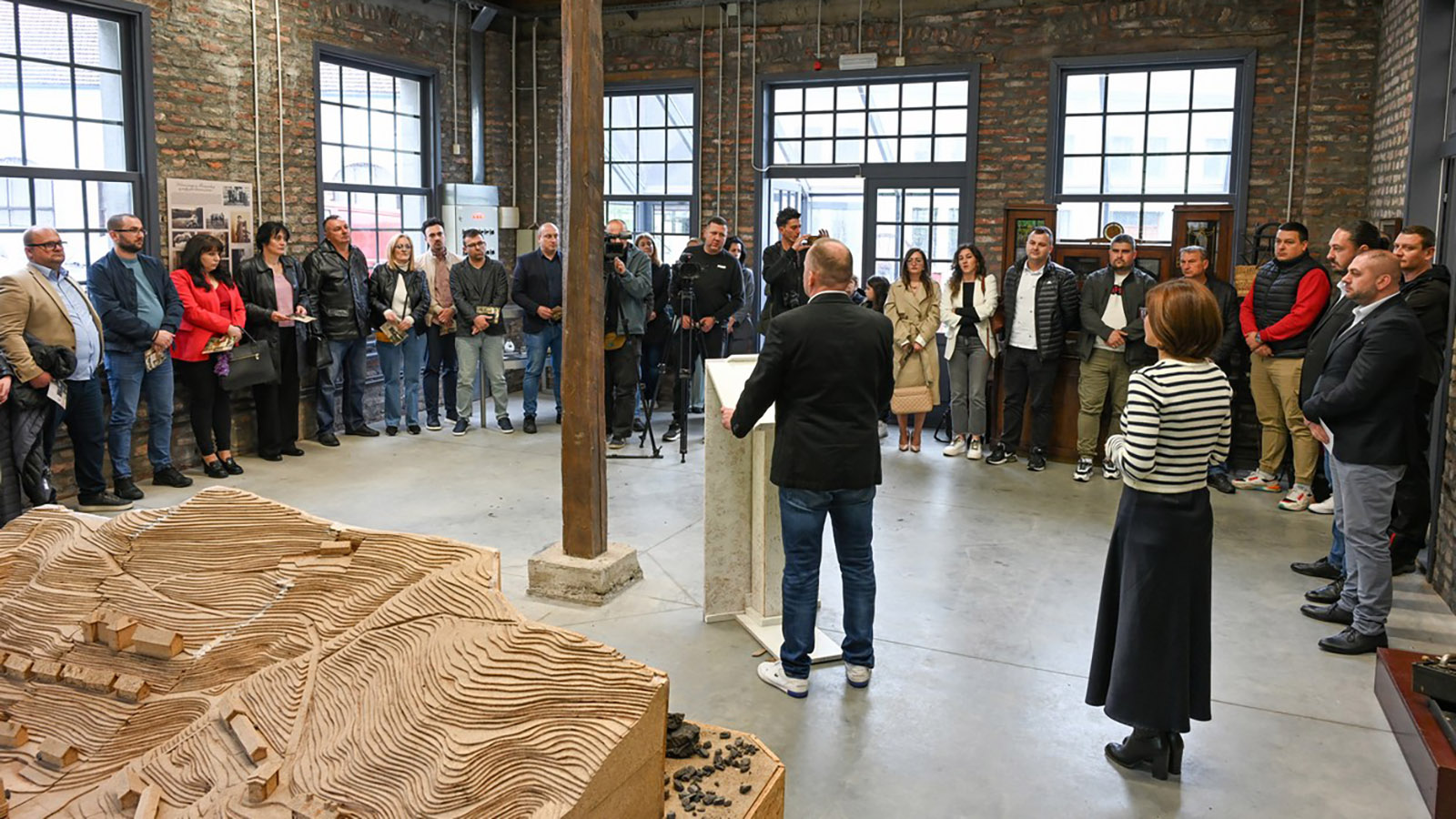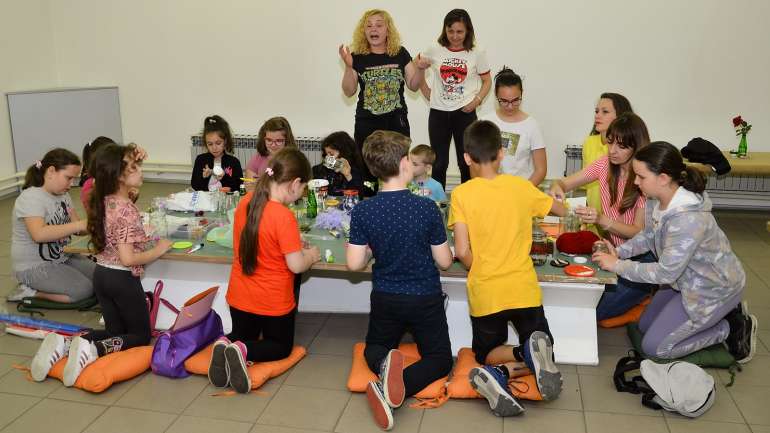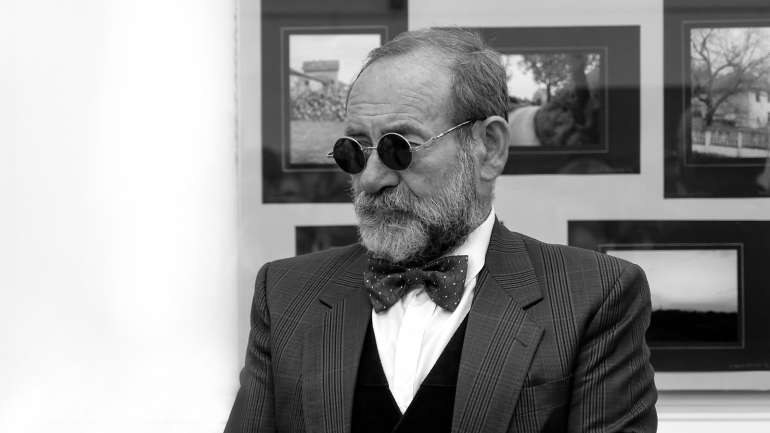On May 16, 2025, the Coal Mining Museum in Senjski Rudnik opened an exhibition of the Regional Museum of Jagodina “Women’s Fashion in the Pomoravlje Region 1860–1940” by Jasmina Trajkov, museum advisor. This exhibition continues the cooperation between the two museum institutions, and new joint projects are also planned.
The exhibition presents the urban culture of the Pomoravlje Region through a display of the development of women’s costumes. The largest part of the exhibition consists of photographs from the rich collection of the Regional Museum, and the display is complemented by items from the Jewelry Collection and the Clothing Collection. Four exhibition panels present 58 photographs showing how women in Pomoravlje dressed during the 19th and 20th centuries, with special emphasis on urban national costumes and wedding dresses.
In accordance with the conditions and space for the exhibition, two items of clothing were selected from the Clothing Collection and shown to the public. First, the fistan of the wife of Panta Todorović, who was the brother of the Jagodina prince Miloje Todorović, a significant figure from the period of the First and Second Serbian Uprisings. This fistan (a type of long dress of oriental origin) is among the items that made up the initial collection of the Regional Museum, after its establishment in 1954, and on the advice of conservators, it is exhibited only on special occasions. It dates from the first quarter of the 19th century.
The second item of clothing is a libade from the beginning of the 20th century. The libade is part of the Serbian women’s urban costume. It is a ceremonial garment, a short upper garment with long, extremely wide sleeves, open at the chest. It was made of satin or velvet. The tailor richly decorated the edges with gold embroidery and decorative ribbons. The specimen from the Regonal Museum is made of dark blue velvet with gold embroidery along the edges. The libade belonged to Stanija Nedeljković, the wife of the Jagodina merchant Živojin Nedeljković. In her portrait from 1927, which is exhibited next to this garment, Stanija is wearing this very libade.
Jewelry and cosmetic products are an integral part of every woman’s life, so they were also exhibited in this exhibition. Thus, we see that ladies in Jagodina at the beginning of the 20th century used popular French cosmetics: French perfumed talc from the perfume house Houbigant with the fragrant note of their famous perfume Quelques fleurs, created in 1912, or fragrant rice powder from Floramye, one of the oldest French perfume houses, L. T. Piver, founded in 1774.
Among the jewelry, so called “grana” (the branch) is shown, a typical jewelry for Serbian urban national costume. It is a brooch in the shape of a flower branch with which the hair with a braided barresh (ribbon) was attached to the fez. Along with “grana”, the set also includes a ring and earrings. An indispensable part is filigree, jewelry made of silver, gold or copper wire using a special bending technique to create lace-like decorations.
Nenad Anžel, director of the Coal Mining Museum in Senjski Rudnik, and the author spoke at the opening of the exhibition, and the exhibition was declared open by Nenad Lukić, director of the Brown Coal Mine “Rembas” in Resavica. The exhibition will be open until October 1, 2025.
Photo: Đorđe Filipović





